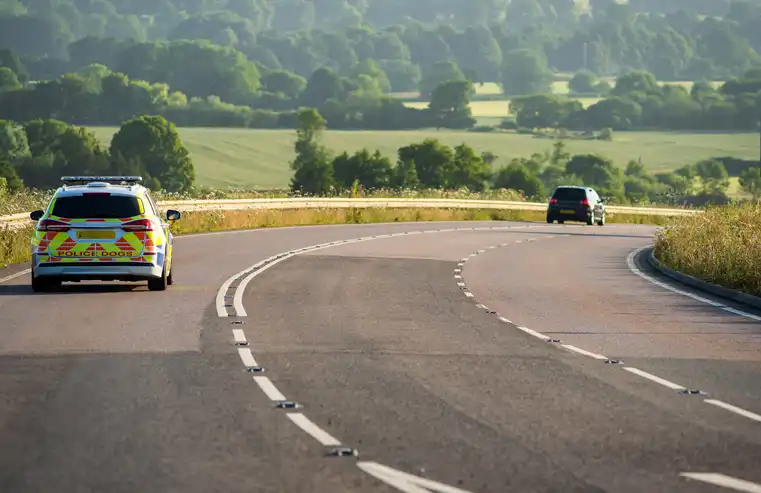- Conveyancing
- Family Law & Divorce
- Wills, Probate & Trusts
-
- Wills, Probate & Trusts
- Will Writing
- Probate
- Trusts
- Powers of Attorney
-
 Wills from £204
Wills from £204
-
 Probate
Probate
-
- Criminal & Motoring
-
- Criminal & Motoring
- Criminal Defence
- Motoring Offences
-
 Motoring Offences
Motoring Offences
-
 Criminal Defence
Criminal Defence
-
- All Personal Services
- Business Services
John Barkers
Solicitors Stafford
John Barkers solicitors are proud to offer our unique and outstanding legal services in the Stafford area, at an unbeatable price. With a heritage going back over 135 years, we have built a solid reputation for providing reliable and tailored advice throughout the UK. Our experienced team of lawyers will work closely with you to find the best solution for your individual needs.
Our dedication to getting it right for every customer is demonstrated by our commitment to communication - allowing you to reach us via telephone, video call or email whenever needed. We understand that our clients need answers quickly, and pride ourselves on responding promptly and efficiently.
Contact: Live Chat, Video Call, Email, Telephone
Open: Monday to Friday 9am - 5pm
Call today: 01785 550022












